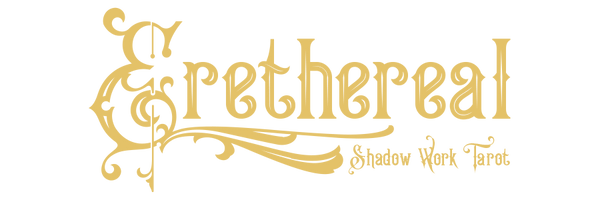In the dynamic landscape of modern card games and collectible trading card systems, players often encounter the challenge of unwanted cards. These extraneous cards, which may arise from booster packs, trades, or promotional events, can clutter collections and complicate the gameplay experience. While many players initially relish the thrill of acquiring new cards, the subsequent reality of surplus or duplicates can lead to frustration and disillusionment. Understanding how to effectively navigate the issue of unwanted cards is essential for both casual players and dedicated collectors alike.
This article will explore practical strategies for managing these surplus assets, from creative repurposing and trading opportunities to avenues for selling or donating excess cards. Additionally, we will delve into the psychological aspects of card ownership, examining how attachment and value perception influence decision-making in the face of unwanted inventory. By providing insights and actionable solutions, this article aims to empower players to turn a potential challenge into an opportunity for enhancing their gaming experience and fostering community engagement.
Whether you are a seasoned collector or a newcomer to the world of card games, navigating the challenge of unwanted cards can ultimately lead to greater satisfaction and enjoyment in your hobby.
Uncovering Your Tarot Blind Spots: A Powerful Exercise for Objective Readings
To connect with tarot readings that truly resonate, it’s essential to set aside personal biases and approach the cards with clarity. Whether you’re a seasoned tarot reader or a beginner exploring your first deck, hidden biases can subtly color your interpretations—often without you realizing it. This tarot exercise is a transformative first step to identifying your personal blind spots, deepening your understanding of each card, and ultimately strengthening your intuitive practice.
When you learn to recognize and work through these blind spots, you not only grow as a reader, but you also begin to heal your relationship with certain archetypes. Over time, this allows for a richer, more balanced, and objective perspective—whether you’re reading for yourself or others.
Step 1: Sort Your Tarot Cards by Emotional Response
Begin by laying out your full tarot deck in front of you. Sort your cards into three distinct stacks:
- The “Love” Stack – Cards that instantly spark joy, inspiration, or excitement.
- The “Dislike” Stack – Cards that evoke discomfort, resistance, or even dread.
- The “Neutral” Stack – Cards that leave you feeling indifferent or unmoved.
Work quickly and trust your first impressions—this is an intuitive sorting process, not an intellectual one.
Step 2: Draw One Card from Each Stack
Once your stacks are ready, shuffle each pile separately and draw one card from each. You now have a personal trio that reflects your emotional spectrum toward your deck: a card you love, a card you dislike, and a card that leaves you feeling neutral.
Step 3: Journal Your Impressions
Grab your tarot journal or notebook and write at least one paragraph about each card. You can go longer if inspiration flows, but even a short reflection can reveal surprising insights.
- For the card you love – What specifically draws you in? Is it the imagery, the meaning, or the feeling it gives you? What promises or possibilities does it hold for you?
- For the card you dislike – What emotions surface when you see it? Is it fear, anger, sadness, or a memory it triggers? Could it be mirroring something in your current life that you’ve been avoiding?
- For the card you feel neutral about – Why does it fail to spark interest? Is it too vague? Too plain? Or does it represent an aspect of life you rarely think about?
Why This Tarot Exercise Works
By consciously naming your preferences and aversions, you bring hidden biases into the light. This allows you to:
- Build a deeper relationship with your tarot deck
- Expand your interpretations beyond your comfort zone
- Strengthen your intuitive tarot reading skills
- Develop more balanced and objective readings
Over time, you may find that your “dislike” and “neutral” cards begin to transform, becoming some of your most insightful allies in readings.
Conclusion: From Bias to Breakthrough
This exercise is more than a self-reflection—it’s a doorway to more authentic, insightful, and balanced tarot readings. Every card, even the ones we resist, carries wisdom that can guide us toward healing and self-discovery. By facing our biases head-on, we don’t just become better tarot readers—we become more self-aware and open-hearted individuals.
So, the next time you pick up your tarot deck, remember: the cards you resist the most might just hold the lessons you need the most.
✨ Suggested Deck for Inner Discovery
The Shadow Work Tarot Deck by Erethereal is crafted for seekers ready to face their hidden biases and embrace every card’s wisdom. With Victorian elegance and mystical depth, it’s the perfect companion for journaling, self-reflection, and transformative tarot practice.
👉 Discover the Deck

